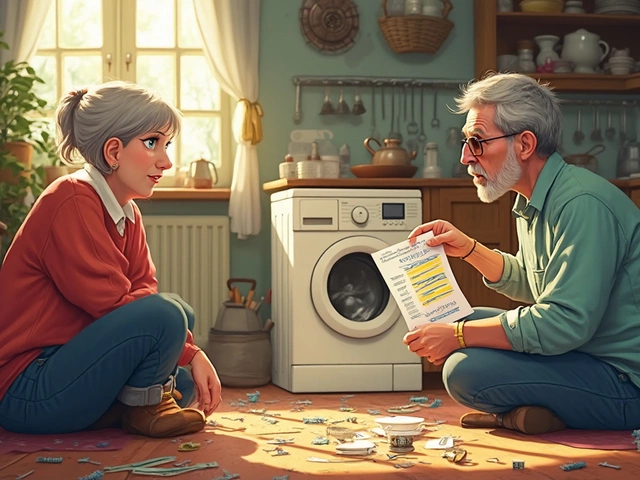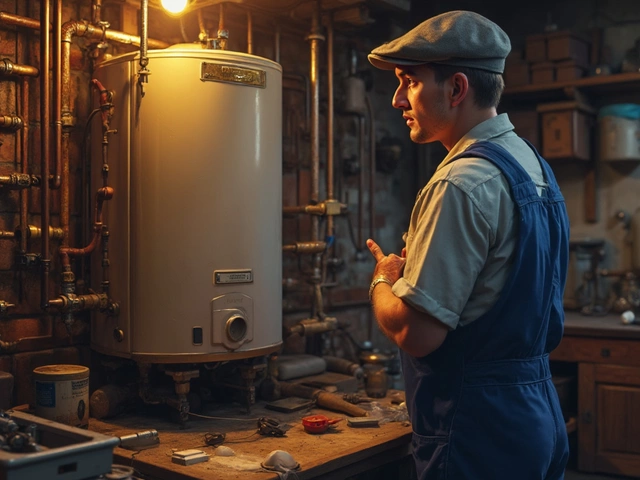Turning Boiler Off and On – Simple Steps to Reset Your Heating Safely
If your boiler is acting up, the first thing most people think of is flipping the switch. That can work, but you need to do it the right way. Turning a boiler off and on isn’t just about pressing a button – it’s about safety, protecting the system, and making sure the problem doesn’t come back.
When and Why to Turn Your Boiler Off
There are a few common reasons to shut down a boiler. Leaking, strange noises, or an error code on the display are clear signs something’s wrong. Even a sudden loss of hot water or heating can mean the boiler needs a quick reset. Sometimes a power surge or a tripped circuit breaker will cause the boiler to lock up, and a simple off‑and‑on can clear it.
But don’t ignore the warning signs. If you smell gas, see smoke, or notice a persistent fault, turn the gas off at the main supply and call a qualified engineer. Safety always comes first.
Step‑by‑Step: Safely Turn Off and Restart Your Boiler
1. Turn off the power. Locate the main switch on the boiler or the consumer unit for your home. Flip it to the ‘off’ position. If there’s a separate lock‑out switch on the boiler, use that too.
2. Cut the gas. Most modern boilers have a small gas valve on the front. Turn it to the ‘off’ position. This step is optional if you’re only resetting the electronics, but it adds an extra layer of safety.
3. Let it sit. Wait at least 30 seconds – longer if the boiler feels hot. This pause lets any residual pressure drop and clears the internal electronics.
4. Turn the gas back on. Move the gas valve back to ‘on’. You should hear a soft click as the flow resumes.
5. Restore power. Flip the main switch back on. The boiler will go through its start‑up sequence: ignition, pressure check, and then the display should clear any error codes.
6. Check the pressure. Most boilers have a pressure gauge between 1 and 1.5 bar when cold. If it’s too low, use the filling loop to top it up. If it’s too high, bleed a radiator or release air via the pressure release valve.
7. Test the heating and hot water. Turn your thermostat up a few degrees and wait for the radiators to warm. Have a tap run for hot water. If everything works, you’ve successfully reset the system.
If the boiler still shows an error code or won’t fire up, it’s time to call a professional. Modern boilers have built‑in safety features that can lock out if there’s a deeper issue – like a faulty pump, a broken heat exchanger, or a gas leak.
Remember, a quick off‑and‑on can fix minor glitches, but it’s not a cure‑all. Regular maintenance, annual service checks, and keeping the area around the boiler clear will keep those problems to a minimum.
Got a stubborn boiler that won’t stay on? Our Rugby team can pop over, diagnose the issue, and get your heating back in shape without the guesswork. Give us a call, and we’ll sort it fast.






